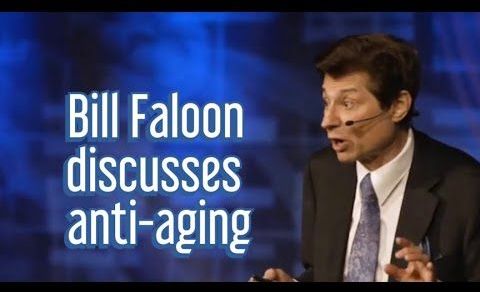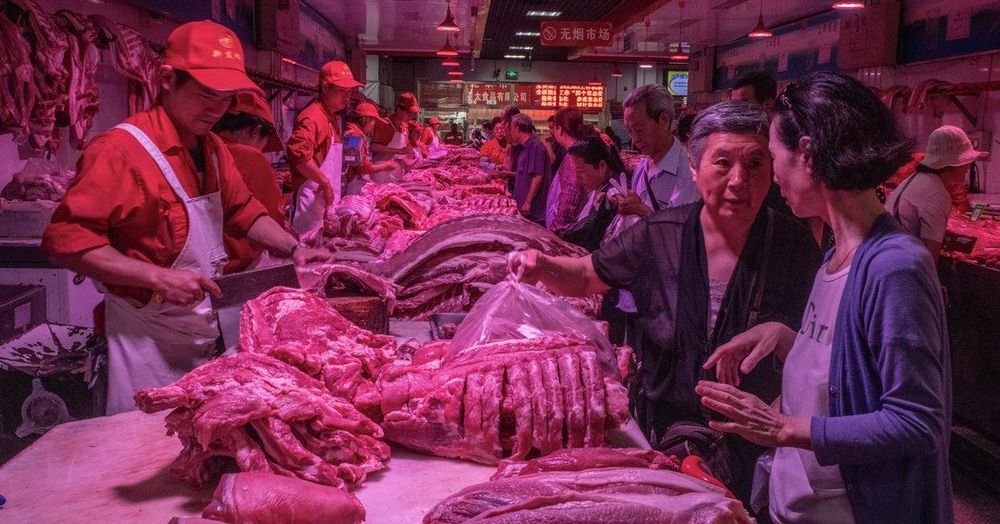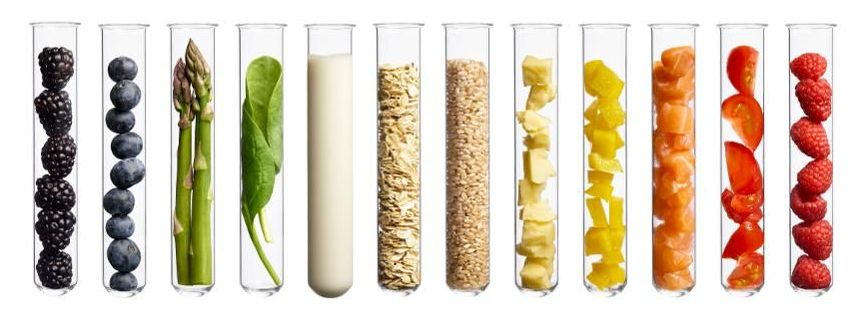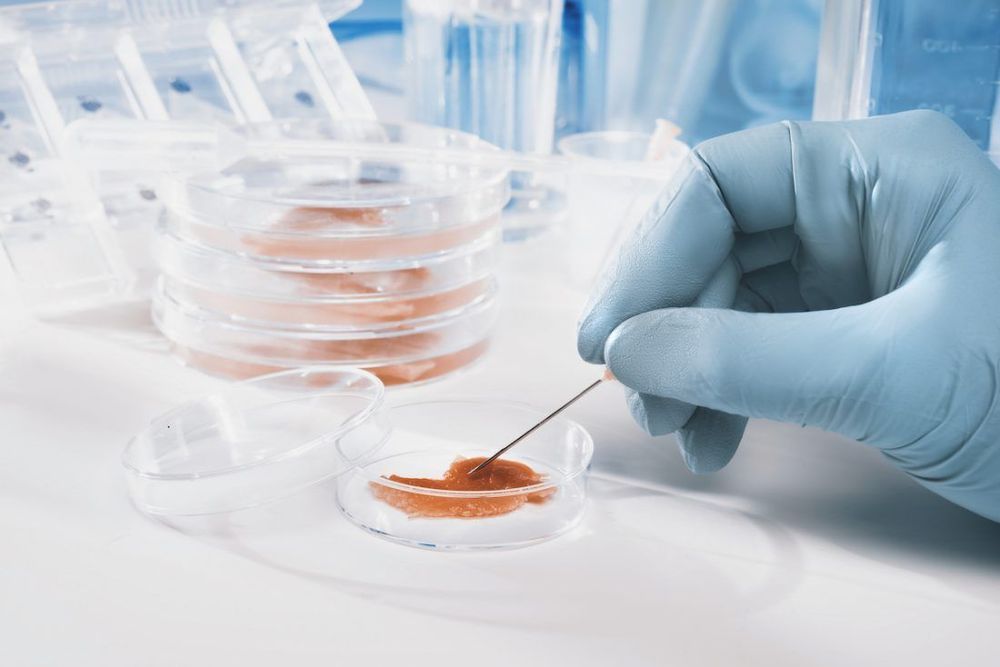Hayley Harrison is on a constant Roll… Here she sent me privately this video of the great Bill Faloon… I have not completed the video as yet… But the beginning is awesome I will watch late tonight during my down time… Great Respect to Life Extension and Bill Faloon and Neal Francis Vanderee two of the Longevity Movements most interesting characters and the movements many activists such as Hayley “the watchful” Harrison… AEWR.
My mission is to drastically improve your life by helping you break bad habits, build and keep new healthy habits to make you the best version of yourself.
This video is my interview of longevity pioneer Bill Faloon on December 17, 2019.
- Please consider donating: https://paypal.me/BrentNally or my Bitcoin Cash (BCH) address: qr9gcfv92pzwfwa5hj9sqk3ptcnr5jss2g78n7w6f2
SHOW NOTES:
Contact Bill via email [email protected] ; join https://age-reversal.net/
1:08 Vitality in aging interventions trial has been accomplished by volunteer physicians and subsidized pricing.
5:48 exosomes — Dr. Duncan Ross is founder and CEO of Kimera Labs — watch Brent’s interview with Dr. Ross https://www.youtube.com/watch?v=X8eIxo3eqvQ
7:10 get as healthy as possible before spending money on longevity therapeutics.
7:25 personalized medicine
10:52 Dr. Greg Fahy has showed biological age reversal via DNA methylation tests.
13:20 60 Minutes — Scott Pelley interviews Dr. George Church https://www.cbsnews.com/news/harvard-geneticist-george-church-goal-to-protect-humans-from-viruses-genetic-diseases-and-aging-60-minutes-2019-12-08/
15:51 Bill’s life extension study mapped the genomes of super centenarians.
19:40 BioViva — Watch Brent’s interview of Liz Parrish https://www.youtube.com/watch?v=oBFTwGPaPr4&t=5s
21:08 Libella Gene Therapeutics
23:02 Don’t procrastinate! Focus on getting healthy now!
25:50 get a comprehensive blood test at https://age-reversal.net/
26:54 reduce calorie intake by daily intermittent fasting.
27:27 metformin
31:19 watch Brent’s book review of Why We Sleep https://www.youtube.com/playlist?list=PLGjySL94COVTSpprsxIKJAlFwz4IkRpLG
32:00 Peter Nygard
34:51 Search Bill Faloon on YouTube
37:18 What will reality be like after human’s have defeated aging and all chronic diseases?
39:46 Watch Brent’s interview of Dr. Michael about telomerase gene therapy Fossel https://www.youtube.com/watch?v=_g6qK2g-Mm4&t=1s
43:05 Bill fought the FDA for 9 years to publicize the longevity benefits of metformin.
46:01 Brent’s interview of cryptocurrency pioneer Roger Ver https://www.youtube.com/watch?v=gSZUwSm0dkk
47:38 Church of Perpetual Life website https://www.churchofperpetuallife.org/ YouTube https://www.youtube.com/user/COPL18 Instagram https://www.instagram.com/lifeperpetual/
53:28 Brent’s interview of Dr. Maharaj’s clinical trial of young human plasma transfusions https://www.youtube.com/watch?v=tU6kqNeUz1w
56:58 Bill discusses the lessons and values he instilled in his kids.
59:29 How do we get more wealthy individuals interested in investing in the best life extension companies and therapies?
1:03:58 Calico is the perfect example of wealthy people trying to solve aging in the wrong ways.
1:05:28 Chan Zuckerberg Initiative
1:15:17 Final action items for healthy living — 1) comprehensive blood work for personalized medicine 2) sleep 3) intermittent fasting 3) audit your thoughts — follow your passion 5) have fun exercising but don’t push too hard and avoid serious injuries.
1:20:18 Understanding what is healthy and actually living a healthy lifestyle are different. I focus on living & teaching healthy living.
1:21:11 Stay informed about longevity research and get involved in any way you can including social networks, conferences, donations and investing. Go to https://age-reversal.net/
1:23:25 ~150,000 people die daily on average. ~110,00 people die daily from aging.
- Intro & exit music by: SoundSage
- Instagram: https://instagram.com/brent.nally/
- Facebook: https://facebook.com/brent.nally
- LinkedIn: https://linkedin.com/in/brentnally
- Twitter: https://twitter.com/BrentNally
- Patreon: https://patreon.com/user?u=9451534









